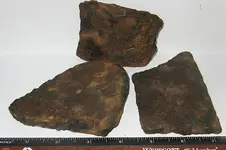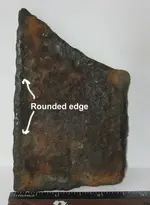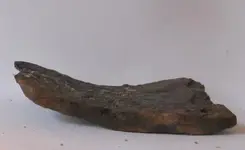Breezie
Gold Member
- Joined
- Oct 3, 2009
- Messages
- 6,269
- Reaction score
- 2,119
- Golden Thread
- 1
- Location
- North Carolina
- 🥇 Banner finds
- 1
- Detector(s) used
- White's DFX & Spectrum~Garrett's Pro-Pointer~VibraProbe
- Primary Interest:
- Metal Detecting
What is the difference between Civil War Shell Fragments and pieces of iron that may have come from a stove? Below are 3 fragments I found at a CW Battlefield. Is there anyway to positively id these as shells fragments? Thanks, Breezie






 I've dug four or five pieces of cast iron pot legs too along with them.
I've dug four or five pieces of cast iron pot legs too along with them.